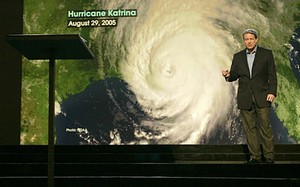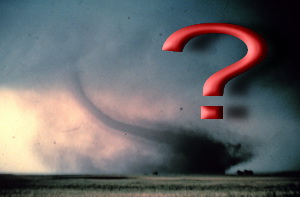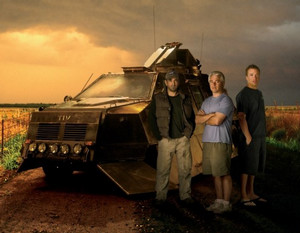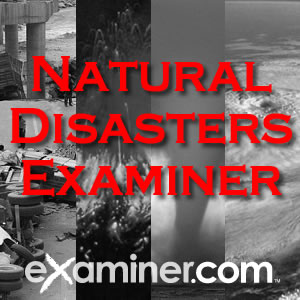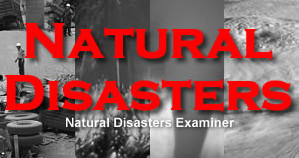 The number of natural disasters in 2009 reached the lowest point in the decade. According to preliminary numbers from the United Nations, there were 245 disasters which is far below any of the past 10 years.
The number of natural disasters in 2009 reached the lowest point in the decade. According to preliminary numbers from the United Nations, there were 245 disasters which is far below any of the past 10 years.
Natural disasters, no matter how many there are, due have a toll in human life and economic impact. The UN International Strategy for Disaster Reduction (UNISDR) said that 8,919 people lost their lives from the events and they affected 58 million. The cost of the damage was put at $19 billion.
Weather-related disasters which exclude geological events like earthquakes and volcanoes were responsible for the lion’s share of the losses. Approximately 7,000 lives our of the total of 8,919 were lost due to weather-related events. Similarly, $15 billion of the $19 billion in damages were weather-related.
Margareta Wahlström, the United Nations Special Representative for UNISDR said, “Statistics this year show lower figures compared to previous years, which is good news for people and countries, however extreme weather disasters remain top of the list and will continue to affect more people in the future as more than half of the world’s population highly exposed is living in coastal regions.”
 For the rest of the story including a look at the “top five” disasters of 2009, check out the story at the Natural Disasters Examiner.
For the rest of the story including a look at the “top five” disasters of 2009, check out the story at the Natural Disasters Examiner.





